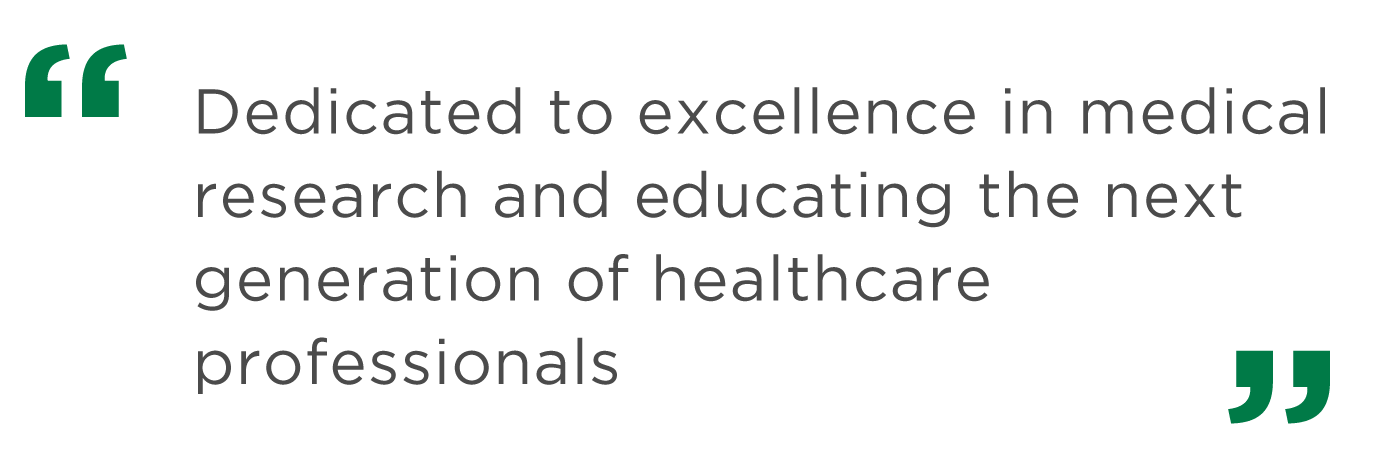
All of our subjects, from our royal children down to the lowest commoners, will have the same opportunity to study – be they royals, nobles or commoners.” – King Chulalongkorn’s royal speech
Chulalongkorn University, located in the heart of Bangkok, is Thailand’s first institution of higher learning. The primary mission of Chulalongkorn University is to be the center for academic learning and professional excellence. This is in line with the vision of the university’s founder, King Rama VI, who established the university as a tribute to his father, King Rama V, in 1917.
Through the pursuit, development, dissemination, and application of knowledge, Chulalongkorn University works to educate students with professional know-how and research skills and to reinforce its cultural values. In addition to academic knowledge and learning, the university hopes to instill in students a sense of morality, social responsibility, and public service.
As of April 2019, Chulalongkorn University has 20 faculties, 23 colleges and research institutes, and 7,861 faculty members. Currently, there are over 37,280 students, including 25,643 undergraduates, 10,849 postgraduates, and 788 certificate program students.


Thailand’s first university, Chulalongkorn University, was
founded by HM King Chulalongkorn (Rama V). His heir, HM
King Vajiravudh (Rama VI), followed in grand fashion by
establishing the Thai Red Cross Society and King
Chulalongkorn Memorial Hospital.
A short time after, in 1947, the Faculty of Medicine, Chulalongkorn University, was founded on the royal principles of HM King Ananda Mahidol (Rama VIII) to develop outstanding and selfless individuals to benefit all mankind. Together, this triad of excellence is known all over the world as the country’s most robust and progressive medical network.
With over 100 years of experience and international collaborations, our strong medical heritage anchors our efforts to propel our program into uncharted frontiers of medicine. To this day, the faculty, the hospital, and the Red Cross Society remain pillars of the community, constantly leading the way in medical training and healthcare excellence.
Vision: To be a role model of a
virtuous and international standardsetting medical institution.
Mission: To produce quality graduates and specialists with the highest standards of professionalism and ethics; to conduct valuable research that improves people’s health and well-being; to provide medical and academic services that benefit society; and to exemplify national and international academic leadership.



Have you ever imagined being your own personal doctor and managing your own health sitting in front of a TV at home? Testing that once seemed risky out of the hands of medical professionals is now more than ever a touchable reality. The advancement of handheld technology has brought an explosion of personal health gadgets such as smart watches that can monitor heart rate, blood pressure, breathing, and calories burned. High-speed internet advances have allowed for the efficient use of mobile phone applications, online consultant services, telemedicine, and even AI therapists. Some laboratory tests can even be ordered from home at the click of the button, with tool kits delivered and results available quickly online.
Future prospects of healthcare are moving from being doctor-centered to the patient viewpoint. Disease treatments will also expand to lifestyle remedies and coaching and extend out from visits to the hospital to a 24/7 online service. We might see more data doctors, where personal information of patients is streamed through an online platform and managed by professionals behind screens in ‘Care Hubs.’ After analysis of the person’s health data, they can provide individualized consult to each person, and recommend fitness programs that utilize entertainment and games to increase compliance. Personal devices will have bio-sensors to detect critical vital signs like irregular heartbeats and will be able to immediately send alerts to their doctors for any signs of life threatening conditions. Healthcare will be accessible where ever as internet connectivity becomes more and more ubiquitous.